Shepadoodles are a serious amount of dog. They need oodles of exercise, attention, and, above all, love. However, if you have all that to spare, you will never regret taking on one of these loyal, super affectionate pups. Keep reading to learn just how a Shepadoodle could fit into your family.
Learn How to Care for Your Doodle Puppy!

Perfect for first-time Doodle parents, get ALL your questions answered, including questions new Doodle parents don’t even think to ask.
Plus, get $700 worth of Bonus Materials for FREE, including:- Doodle Parenthood Community and Support Group ($190 value)
- Doodle Puppy Growth Tracker ($20 value)
- EMERGENCY Cheatsheet: When To Call The Vet Immediately ($50 value)
- HELP! Button ($145 value)
- And SO MUCH MORE!
What Exactly is a Shepadoodle?
If you want a beautiful dog with plenty of get-up-and-go, you can’t go wrong with a Shepadoodle. These gorgeous pups make great family pets, especially for those who have plenty of room in their home (and their heart), alongside access to ample outdoor space.
Also known as German Doodles, Shepapoos, Shepdoodles and Sherdoodles, Shepadoodles (not to be confused with the Sheepadoodle – Old English Sheepdog-Poodle mix), are a fab mix of German Shepherd and Poodle. This super pairing of two of the best, not to mention most popular, breeds around has a bit of a surprising backstory.
Shepadoodles were first purposefully bred in the US in the 1960s by the US Army to work alongside the military police. This might seem strange for what has become a popular companion dog. However, let’s take a peek into the history of the two parent pups. The reasoning behind this becomes a little more obvious.
German Shepherds (otherwise called Alsations) have been established working dogs (especially with the police) for many years. Selected for their smarts, strength, and courageous nature, these canines are incredibly versatile and devoted. They have come a long way from their humble roots as sheep herding dogs.
On the other hand, it often surprises people that Poodles, also from Germany, were working dogs. Don’t be fooled though – that haughty, elegant appearance of theirs masks an athletic build and keen intelligence. Poodles were originally bred to hunt and retrieve waterfowl, unreservedly diving into rivers, ponds, and streams to do just this.
With two such clever, keen parents, it really is no wonder that Shepadoodles are often used as working dogs themselves. They are found doing every kind of canine job, from therapy pet to search and rescue. However, these wonder pups also have all the essential and desirable qualities of a fab companion dog.
3 Interesting Facts About German Shepherd – Poodle Mixes
- Police officers with dog allergies often use Shepadoodles as their canine partners – this was likely how they first came about.
- Unlike most other Doodles that come in three distinct sizes (like their Poodle parent), Shepadoodles only come in Standard and Mini (although not really all that Mini!)
- Despite their size and working dog background, Shepas tend to be calm, mature pups. That’s not to say they don’t need plenty of exercise – they do, but they are pretty chill as Doodles go.
Physical Appearance
There are no definites when it comes to the pairing of two distinct breeds – especially when they are entirely dissimilar. It’s as tricky to predict how they will end up looking as it is to understand what their character may be like.
However, people have been combining this unlikely duo for quite a while now, so we do know a few things about what might happen.
For instance, depending on the generation of the dog in question, they tend to have either a long wavy coat or a slightly shorter curly one. They also usually inherit the Poodle’s lean, leggy look over the German Shepherd’s more muscular frame (although this isn’t always the case).
In terms of color, they come in both solid (like Poodles) and parti (like German Shepherds) colors. First-generation dogs (explained below) could even resemble a very shaggy-haired version of the German Shepherd with the same distinctive black and tan coat.
Most Shepadoodles (in fact, most Doodles) take quite a lot after their Poodle parents with their cute teddy bear faces and long floofy ears. Their resemblance to an oversized, cuddly stuffed toy is one of the things that make these dogs so popular.
Size
Shepadoodles come in two distinct sizes: Standard and Mini. The Standard Shepadoodle is around 50-90 pounds and between 22 and 27 inches to the shoulder. The Mini Shepadoodle stands between 15-22 inches and weighs about 25 to 50 pounds. So even though they are called Mini, these pups are not actually all that small.
Some breeders may also offer a Toy variety of these pups. But, there are many health risks involved with taking a large dog down to such a small size. It’s not really recommended. However, this does become a little easier to do with later generations where more and more Poodle is introduced into the mix. The breeder would still need to be very cautious and careful, and sure of what they were doing.
For more on Shepadoodle size and growth patterns, take a look at our size charts and interactive calculator.
Personality & Temperament
Although initially a working breed like both their parents, Shepadoodles have all the features of a fab and fun family pet too. They are sociable dogs and incredibly well-mannered (not often the case with larger, boisterous Doods). Essentially, they have enough energy to be fun to be around without being troublemakers.
German Shepherds tend to have quite a cautious nature, as is often the case with herding dogs. For this reason, Shepas make excellent watchdogs, but it also can take them a little while to warm to new people and animals.
However, in the right home and with the right family, their warm and loving nature shines through. They make gentle and affectionate pets who form super strong attachments and are highly family-oriented. Best of all, they are great with children of all ages. Although, children and animals should never be left unsupervised.
Their family-focused nature does put them at risk of separation anxiety, though, if they are left alone for extended periods. This can be made all the worse if they become bored and unhappy. The output could be unwanted behaviors such as chewing, digging, barking, marking, or even biting. It’s better that they are left with someone. Toys can also help to keep them entertained when people can’t.
Shepas, like German Shepherds, often mature and calm down a little quicker than other Doodles. This isn’t to say they will be any less playful when the time is right – just that they won’t feel the need to play all the time. As long as all their exercise needs are met, they are reasonably relaxed pups.
Variations & Generations
Doodles are frequently described by owners and breeders in terms of generations which can be confusing to those new to these types of dogs.
However, it’s crucial to have a clear understanding of what the different generations are and what that means for the dog. They can create significant differences in appearance, size, personality, and more.
Here are the different generations of Shepadoodle currently available and what that means in terms of the genes they have:
| 1st Parent | 2nd Parent | % German Shepherd* | % Poodle* | |
| F1 Shepadoodle (first-generation) | German Shepherd | Poodle | 50% | 50% |
| F1B Shepadoodle (first-generation backcross) | F1 Shepadoodle | Poodle | 25% | 75% |
| F1BB Shepadoodle (first-generation backcross backcross) | F1B Shepadoodle | Poodle | 12.5% | 87.5% |
| F2 Shepadoodle (second-generation) | F1 Shepadoodle | F1 Shepadoodle | 50% | 50% |
| F2B Shepadoodle (second-generation backcross) | F1 Shepadoodle | F1B Shepadoodle | 37.5% | 62.5% |
| F2B Shepadoodle (alternate cross) | F2 Shepadoodle | Poodle | 25% | 75% |
| F3 / Multigen Shepadoodle | F1B Shepadoodle or higher | F1B Shepadoodle or higher | Varies | Varies |

Health
A happy, healthy Shepadoodle will live to somewhere between 12 and 14 years. Smaller dogs tend to have a longer lifespan than larger ones, so you can expect a Mini Shepa to outlive a Standard one.
Mixed breed dogs generally enjoy better health than their pedigree counterparts due to hybrid vigor. Yet, there are still some canine conditions that they are susceptible to because of their parent pups.
Larger dogs can have issues with their bones and joints, especially if they are overweight (and Shepas are sadly prone to obesity).
- Hip dysplasia is a loosening of the hip joint that can lead to pain and disfunction.
- Degenerative myelopathy is a disease affecting the spinal cord causing weakness and sometimes paralysis in a dog’s hindquarters.
- Patellar luxation is where the kneecap shifts out of alignment, making lameness more possible.
All of these can happily be kept at bay with the right diet and plenty of exercise.
Shepadoodles can also suffer from Von Willebrand’s disorder, a blood disease that prohibits easy clotting, the inflammatory skin condition sebaceous adenitis, and bloating, which can put pressure on their organs and disrupt the flow of blood.
The best way to ensure a healthy dog, aside from diet and exercise, is to purchase your puppy from a responsible breeder. They will have run numerous tests on their breeding animals to be certain they don’t have any genetic conditions that will be passed on to their offspring.
Exercise & Training
As Shepadoodles were originally designed as service animals, you can assume they are highly trainable, as are both the parent breeds. A combination of two dogs on the top ten most intelligent canines list makes for one highly clever pup.
Experienced owners do indeed report that Shepadoodles are quick studies. They retain new commands and information with ease and are keen to please their owners. This means they are pretty straightforward to train with the right approach.
Positive reinforcement is the technique recommended by most canine experts. With this method, the owner focuses on rewarding desired behaviors rather than punishing unwanted ones. For more on how this works check out Baxter and Bella’s Online Puppy School.
Need help with training?

Use our discount code: DOODLEDOODS at checkout for an instant 25% off of BAXTER & BELLA, The Online Puppy School – an incredible value on their lifetime membership!
Learn More About BAXTER & BELLAHowever, these strong and active dogs need a firm (but fair) hand from a very young age. Some would suggest that training them might not be easy for inexperienced dog owners and those who have never worked with larger, more intelligent pups before. It requires a skilled individual who can dedicate time to keeping training consistent and engaging.
Training for these dogs is not just about promoting good behavior. They need a serious amount of mental stimulation. Working animals must have tasks to focus on. Training fulfills this need well. It helps to keep their mind sharp and their lives enriched. If Shepas don’t have plenty to keep them occupied, they can develop destructive behaviors due to boredom.
Shepas are naturally wary pups which makes early socialization so vital for them. If this is not handled correctly, you could have an overly nervous dog on your hands. This could also lead on to all kinds of behavior issues.
In terms of exercise, Shepadoodles need 60 minutes of dedicated exercise per day, plus it’s useful for them to have an outdoor space to run around in and play with their toys. Even smaller Shepa varieties need this, and so they don’t make very good apartment dogs. These dogs don’t do well in small spaces.
Coat & Grooming
The Shepadoodle’s coat type is tricky to predict because the German Shepherd and the Poodle have wildly different ones.
German Shepherds have straight, medium-length double coats that shed profusely at least two times a year. Although, beyond the fur about the place, the GS coat is relatively easy to care for.
Poodles have the in-demand low-shedding, curly coats that are considered to be hypoallergenic (hence why the Doodle exists in the first place). These coats are much harder to maintain as knots, tangles, and mats form there quickly.
Shepadoodles can inherit either the Shepherd coat, the Poodle one, or a long, wavy coat that sits somewhere in between the two. The later the generation of the Shepa (and the more Poodle genes they have), the likelier they are to inherit the curly, low-shed coat.
Whichever coat the Shepa does end up with will need to be factored into their care routine. Daily brushing is essential for curlier coats, while regular trims are recommended for pups with longer, wavier hair. Many owners opt to take their Doodle to a professional groomer every 6-12 weeks.
Where Can You Get Shepadoodle Puppies?
As these dogs are such an established type of Doodle, there are many breeders across the States that specialize in them. This keeps the price quite a bit lower than it can be for more recent Doodles. It also makes it easier for you to find a reputable breeder in your local area. Check out our breeder’s directory to get you started.
Be wary of who your trust, though. When it comes to designer dogs such as Doodles, many people are looking to make a quick buck. Scammers may well advertise puppies for sale and then disappear with your deposit. In contrast, puppy mills will have puppies, but as they are often more concerned with profits than with the health of their dogs, you could very well end up with a very sick dog indeed.
Pay close attention to the social media presence of facilities, and make sure to read reviews and chat to other owners where you can. Many expert sites such as this one provide breeder recommendations on a state-by-state basis. These are more likely to have the required certification and to have conducted the necessary health tests.
Frequently Asked Shepadoodle Questions
Do Shepadoodles make good pets?
Despite being initially bred to be working dogs, Shepadoodles make truly fantastic pets. This has a lot to do with their sweet loving nature and the way they absolutely adore children. However, Shepas are no lapdogs; they need plenty of exercise, attention, and care.
Who is a Shepadoodle best for?
Shepadoodles are great for both experienced dog-owning families and active individuals who have plenty of space to offer. These dogs love getting out and about walking, running, swimming, playing games, and anything else as long as they are with their family. That being said, when all the playtime is done, they also love a good slob about the house.
Shepadoodles are likely to be everything you are looking for in an active, larger dog. They are seriously smart, loyal, affectionate. They love to play, or just hang with their family. However, they do require a fair bit of time and attention, so you need to make sure you have enough of that to offer before deciding to adopt one. If you do, though, you will never doubt the love these happy pups have for you; it will be apparent in everything they do.


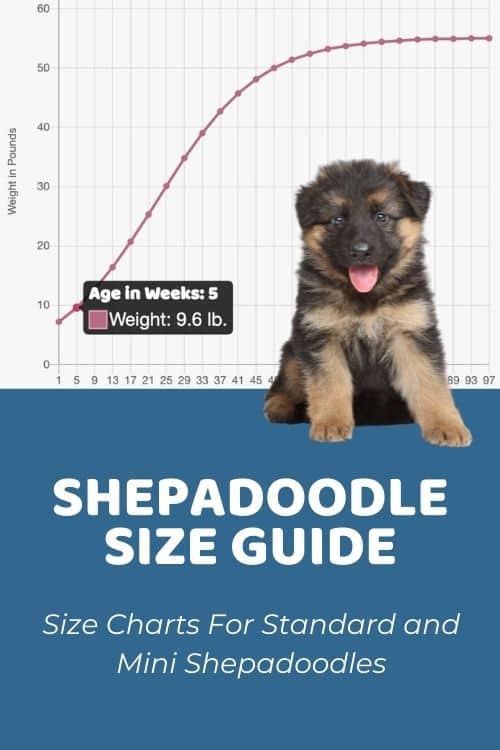

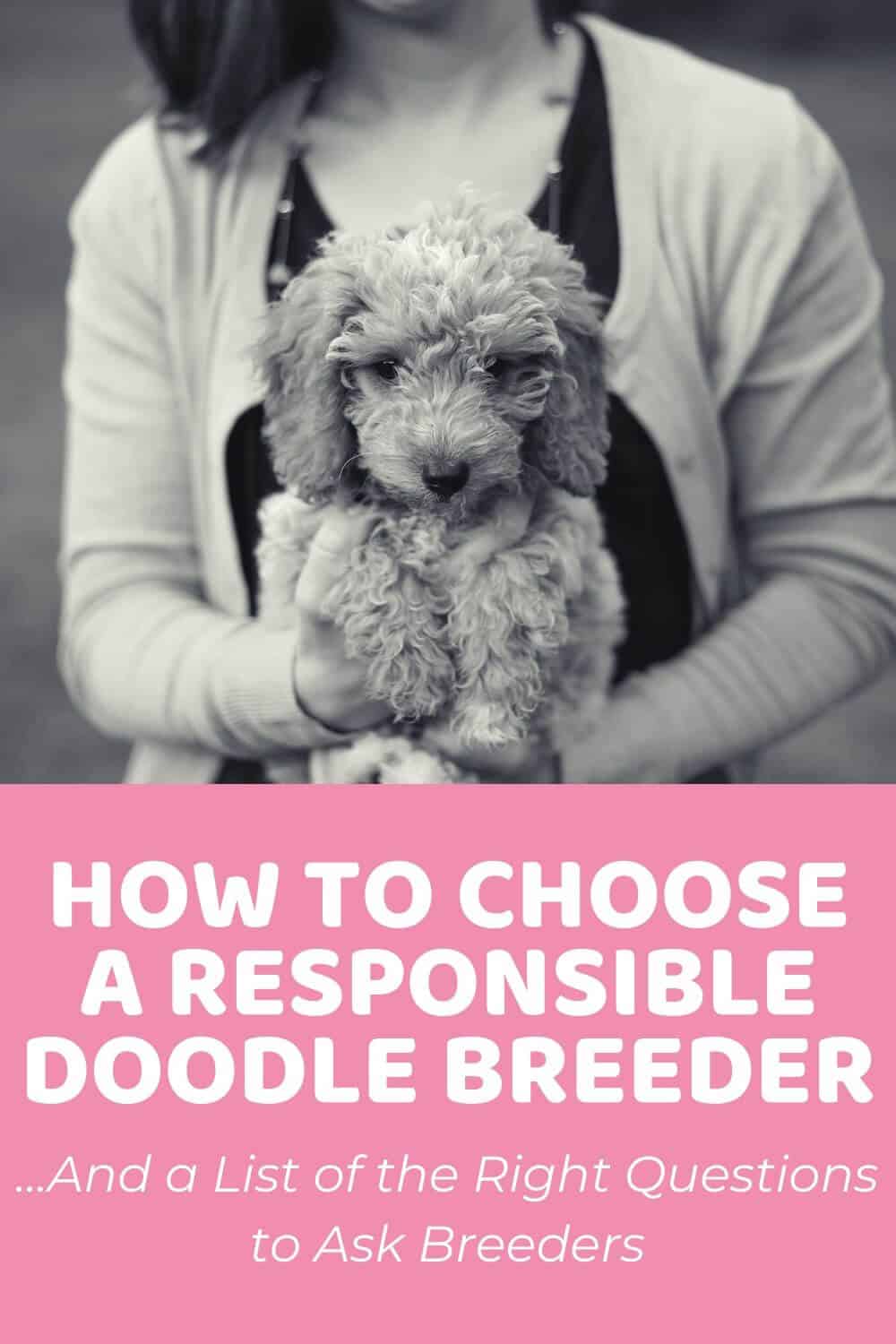



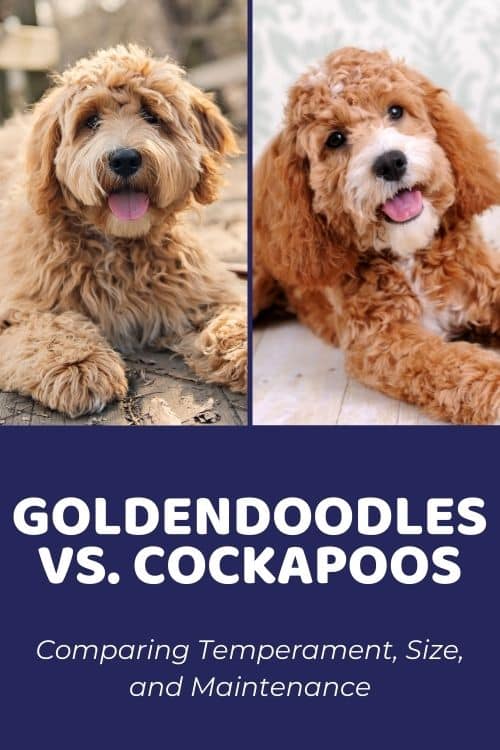
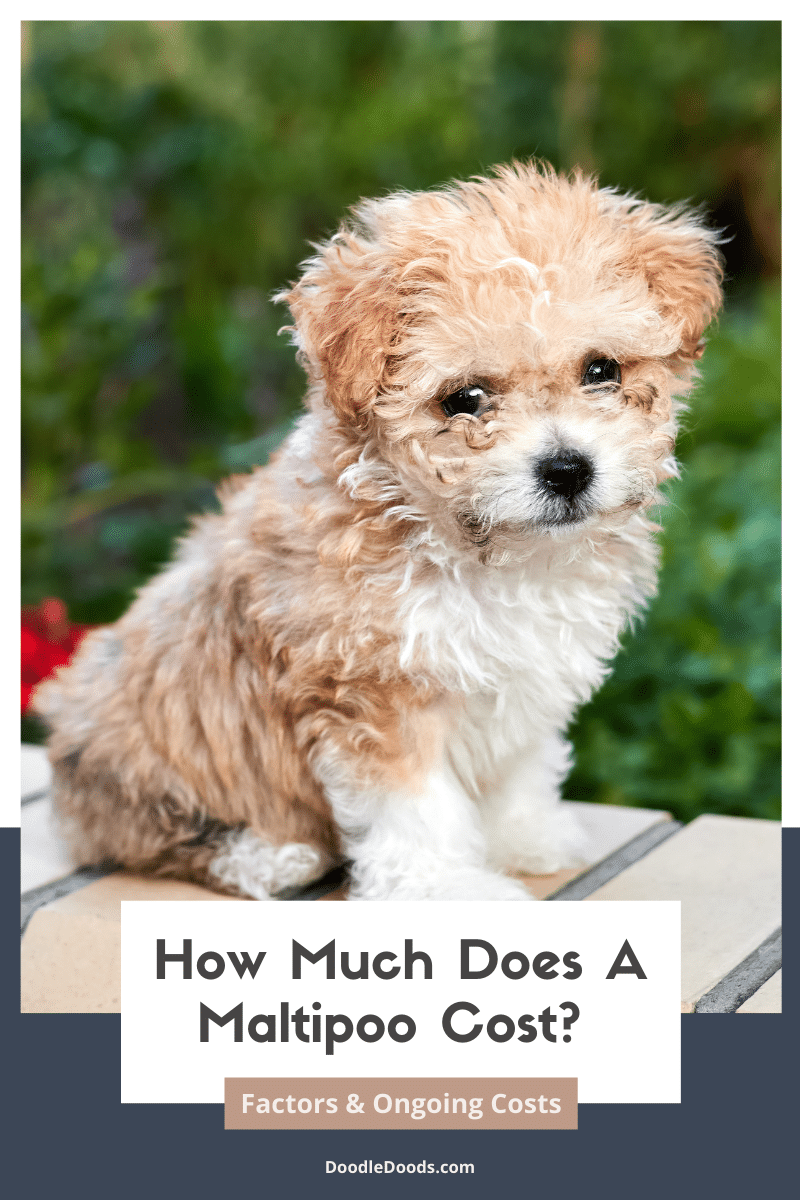

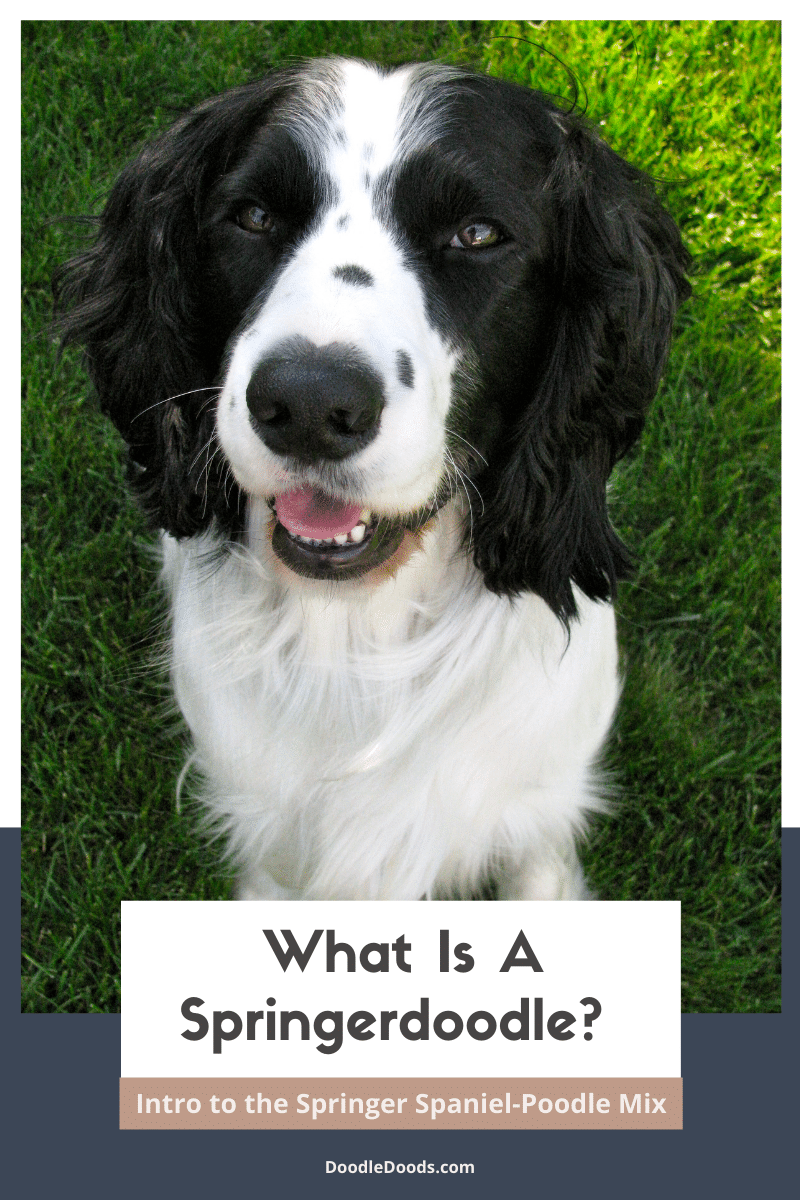

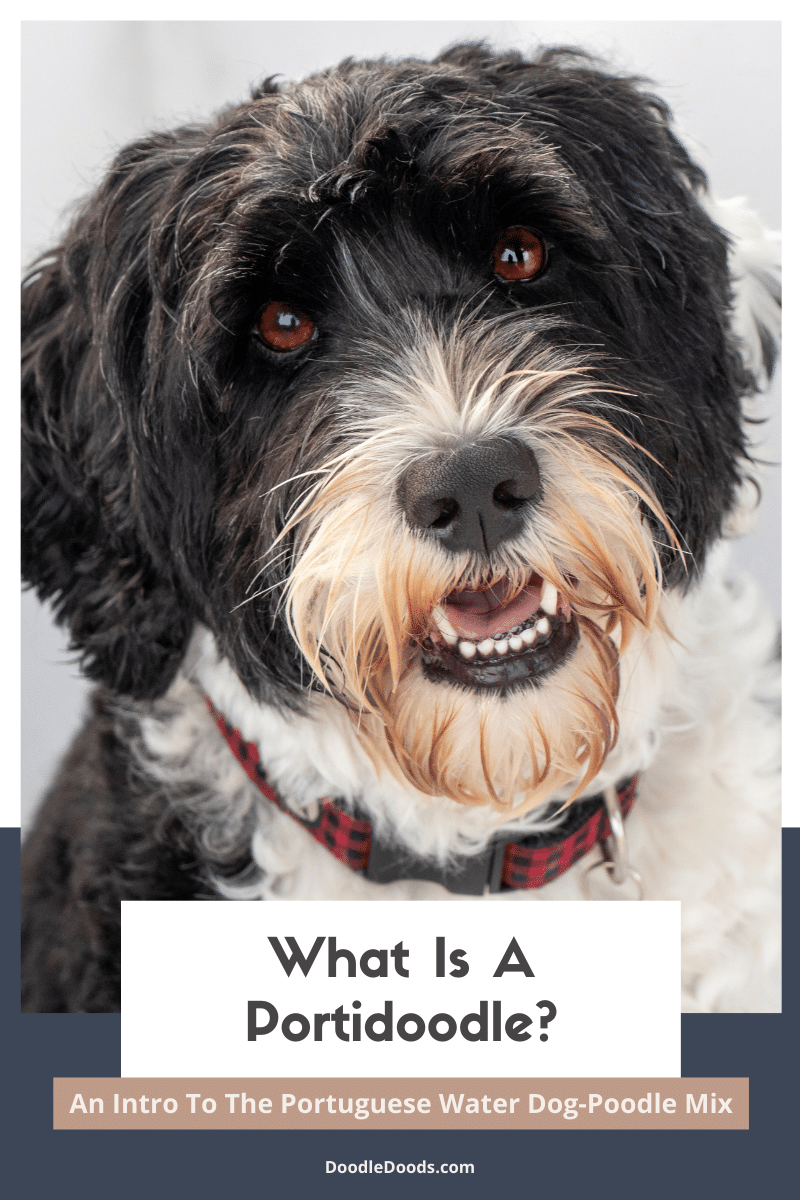
So exited to learn about the existence of shepadoodles!
June 22, 2023 at 11:11 pmIs there a rescue group